Featured Herb for Spring Renewal: Punarnava
As we move closer to spring, it’s a good idea to revitalize our body by reducing the kapha buildup that occurs during the winter. Expelling kapha from our system will get us in shape for the change of season, supporting our natural resistance to colds and flu, allergies, excess mucus, and other kapha-related conditions.
The featured Ayurvedic herb for April is Boerhaavia diffusa, commonly known aspunarnava. This water-loving perennial creeper flowers during monsoon season and grows all over India and Sri Lanka. The whole plant is highly valued for its medicinal properties. The Sanskrit name punarnavameans “the plant that makes one new again.” Its rejuvenative action works through its capacity to open channels and clear blockages, allowing essential nourishment to reach the tissues, making it perfect for spring cleansing and renewal.
Punarnava’s combination of rejuvenative, diuretic, and expectorant properties enables this medicinal plant to play a broad range of therapeutic roles, from supporting efficient kidney, liver, and urinary function to nourishing the heart and alleviating coughs and colic. As a blood purifier, punarnava boosts immunity and improves functioning of lungs. Because of its positive impact on kidney function and blood sugar levels, the herb can also be helpful in managing diabetes.
As a diuretic and mild laxative, punarnava promotes detoxification and prevents fluid retention, making it helpful for health problems such as edema, congestive heart conditions, and gout. Symptoms of kapha-related arthritis such as pitted skin, swollen joints, and the sensation of extreme cold, also respond favorably to the herb.
Punarnava increases the digestive fire and helps stimulate a sluggish digestive system. Because the herb absorbs fluids from the digestive tract, it can result in constipation when taken in excess. Punarnava prevents intestinal spasms and pain, reduces flatulence and bloating, and helps expel intestinal worms. It can also be taken in conjunction other herbs and spices to target specific conditions. For instance it can be combined with arjuna, guggulu, and turmeric for heart issues stemming from excess vata and kaphaor used with coriander, gokshura, and kalamegha for urinary tract infections.
Ayurvedic Energetics:
Taste: bitter, sweet, and pungent
Energy: cooling
Quality: dry and light
Doshas: vata and kapha reducing (in excess it increases vata)
Tissues: plasma, blood, fat, nerve, and reproductive
Channels: digestive, urinary, and plasma
Disclaimer
The sole purpose of these articles is to provide information about the tradition of Ayurveda. This information is not intended for use in the diagnosis, treatment, cure, or prevention of any


